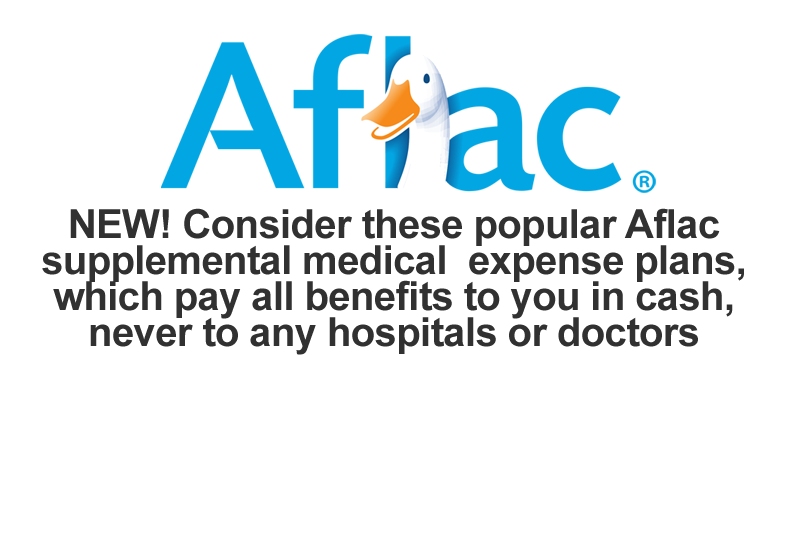Pisano also says that a foodborne illness outbreak differs from a pandemic because illness is not spread quickly from person-to-person and would not require people to be quarantined, so it is approached very differently by health insurers. How it’s handled is dependent on the relationships among stakeholders such as health insurance companies and local public health agencies who would work together to address a major outbreak.
If you would like to estimate the financial impact of foodborne illnesses in the U.S., the USDA provides a cost estimate calculator.
The Produce Safety Project by Georgetown University also ranked the cost of foodborne illness by state in 2010, with California coming in as the first in the nation with $18.6 billion spent on treating foodborne illnesses and losses to individuals quality-of-life, and New Jersey being the 10th with an estimated $4.6 billion in economic losses. The study addressed the need for more stringent food-safety legislation from the U.S. Senate.
Legalities resulting from foodborne illness and liability
Most food manufacturers have third-party insurance or liability insurance for legal risks resulting from a food contamination outbreak. The National Food Processors Association provides “products contamination coverage” to food manufacturers. This insurance coverage offers assistance with regulatory investigations, media inquiries, product testing and compensation for costs related to product recalls, lost profits and mediating the damages to brand names and the company’s reputation.
For those who have health insurance, the most recent report by the USDA, from authors Paul Frenzen, Jean Buzby and Barbara Rasco, Product Liability and Microbial Foodborne Illness, states that health insurance companies rarely try to recover costs for medical care associated with foodborne illness outbreaks from the companies responsible for putting contaminated food on grocery store shelves or by food establishments on the plates of restaurant patrons.
There are more than 40 different microbial pathogens that cause illness in humans, according to the latest estimates by the CDC. Their categories are bacteria, parasites, viruses, fungi and their toxins. These nasty bugs cause 48 million illnesses each year, of which only 9.4 million illnesses are identified by state health officials and can be linked to a specific pathogen.
 If you’re not already concerned about what’s lurking on your dish, here is a list of the top 9 worst and most recent foodborne illness outbreaks based on their microbial pathogens and the number of infected people.
If you’re not already concerned about what’s lurking on your dish, here is a list of the top 9 worst and most recent foodborne illness outbreaks based on their microbial pathogens and the number of infected people.
1. Shell eggs
Cause & Effect: Salmonella Enteritidis
How did you get it? Eggs are the most common cause of SE infections.If you eat eggs that are raw or lightly cooked (I.E. over easy with runny egg whites or yolks) at home or at a restaurant you have a high chance of being infected by SE. Unfortunately, eggs that are contaminated look identical to any other egg you might purchase at the grocery store or at a diner. If you consume raw milk, pork, beef or sprouts and even almonds, you can be at risk of catching this pathogen. In addition to this, you can also catch SE if you have contact with reptiles. While it might be neat to take a reptile out of his habitat at the local pet store and hold it, reptiles have been known to be a mode of transmission of SE infections.Incubation period: Two hours to 24 hours
Historical Duration: May 1 to November 30, 2010
Symptoms: Stomach inflammation, diarrhea or bloody diarrhea
Number of illnesses: 1,939
Number of deaths: 0
2. Serrano peppers, Jalapeño peppers and raw tomatoes
Cause & Effect: Salmonella Saintpaul
How did you get it? You ate Serrano peppers; jalapeno peppers or tomatoes tainted with this rare strain of salmonella in your salsa or in other food preparations using these ingredients.
Incubation period: 24 hours to 12 days
Historical duration: June 2008 to August 28, 2008
Symptoms: headache, muscle aches, diarrhea, chills, fever, nausea, dehydration
Number of illnesses: 1,400
Number of deaths: 2
3. Peanut Butter
Cause & Effect: Salmonella serotype Typhimurium
How did you get it? You ate peanut butter crackers or peanut butter products that were contaminated with this bug. This type of pathogen comes from the feces or animals or people who are already infected.
Incubation period: 12 to 72 hours.
Historical duration: September 1, 2008 to January 16, 2009
Symptoms: Diarrhea to severe diarrhea that often requires hospitalization. Can be fatal if the victim’s immune system is compromised.
Number of illnesses: 700
Number of deaths: 9
4. Black and red pepper used in the production of Italian-style meats
Cause & Effect: Salmonella Montevideo
How did you get it? You ate contaminated salami or Italian-style sausage products. The Montevideo bacterium proliferates in raw ingredients such as spices.
Incubation period: 8 to 48 hours
Historical duration: April 14, 2010
Symptoms: Nausea, fever, diarrhea
Number of illnesses: 272
Number of deaths: 0
5. Fresh spinach
Cause & Effect: E. coli 0157:H7
Mode of contamination: Human or animal feces.
How did you get it? You consumed contaminated fresh spinach. Other causes for E coli 0157:H7 include unpasteurized raw milk, water that has not been treated, contact with livestock or the feces of infected people, undercooked hamburger, contaminated vegetables, food preparation by people who didn’t wash their hands.
Note: Because E. coli 0157:H7 is often associated with livestock, dogs and deer, rafters, walls, dust; repeated exposure to the toxin by farm families raises their resistance to this infection
Incubation period: 1 to 10 days
Historical duration: October 6, 2006
Symptoms: Watery diarrhea, hemorrhagic colitis, hemolytic-uremia syndrome (HUS)
Number of illnesses: 199
Number of deaths: 0












